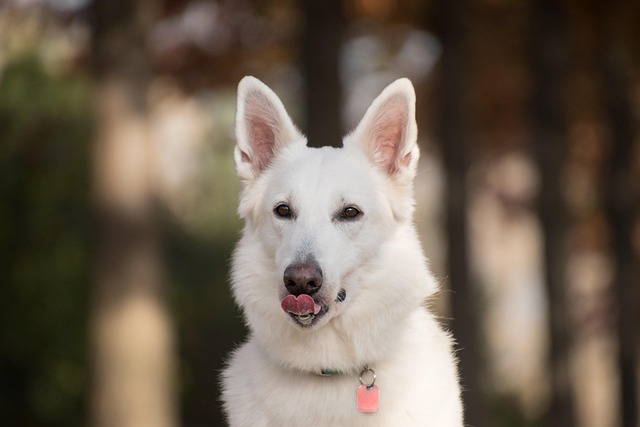
Are Irish setters easy to potty train?
When the Irish setter walks with an elegant pace, its reddish-brown hair shines in the sun, and its lively eyes are full of curiosity and enthusiasm, anyone will be attracted by this unique charm.
When we bring a cute dog home, we embark on a wonderful journey full of love and companionship. Dogs are intelligent and lively. They long to build a deep emotional connection with their owners and are eager to understand and respond to their owners' commands. Training dogs to learn basic actions such as "sit" and "stand" can not only enhance their obedience but also deepen the trust and tacit understanding between us and our dogs, making our time together even more wonderful.
Training a dog to "sit" is an important part of many basic trainings. First of all, we need to understand how dogs learn. Dogs learn through association, so we should use positive reinforcement methods to let them associate correct behaviors with pleasant outcomes. When we are ready to start the training, it is best to choose a quiet environment with few distractions so that the dog can focus more on our commands. Hold your dog's favorite snacks in your hand, such as small pieces of dried chicken or cheese cubes, which will be a powerful "weapon" for the training.
Gently approach the dog and give the command "sit" in a gentle but firm tone. At the same time, slowly move the hand holding the snack upwards from in front of the dog's nose to guide its head to lift up. Out of instinct, in order to keep an eye on the snack, the dog's body will naturally sink, and then its bottom will sit on the ground. Once the dog successfully makes the "sit" action, immediately give it the snack as a reward and praise it in an excited tone, such as "Good boy, you're amazing!" Dogs can sense our approval and joy from our tone of voice and expressions, which will make them more willing to repeat this action. At the beginning of the training, the dog may need several attempts to understand our intention. Maybe they will look at us in confusion, or they may ignore the command because they are too focused on the snack, but we need to have enough patience. Every success is a small step in the dog's growth, and our encouragement is the driving force to push them forward.
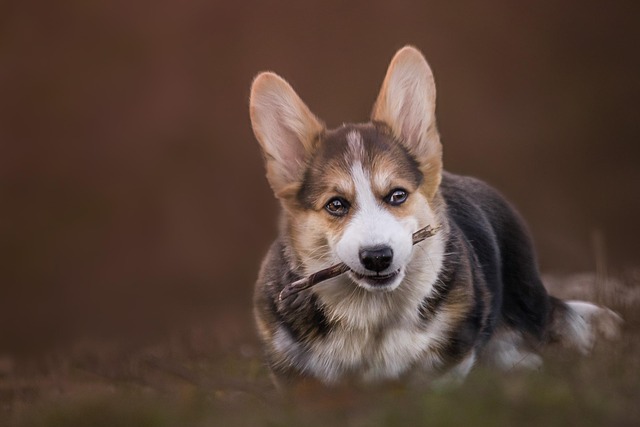 As the training progresses, gradually reduce the use of snacks as an aid and only reward the dog when it makes a perfect "sit" posture. Slowly, the dog will understand that as long as it hears the command "sit" and makes the corresponding action, it will receive praise and rewards. This process may take a few days or even weeks, as different dogs learn at different speeds, just like every child has their own unique learning rhythm. We should respect the dog's personality, tolerate its small mistakes with full love, and continuously reinforce the correct behavior. When the dog can skillfully follow the "sit" command, we will find that whether it is to make it stop when walking in the park or to make it wait quietly when preparing for a meal at home, this small action brings great convenience and also makes our life with the dog more harmonious and orderly.
As the training progresses, gradually reduce the use of snacks as an aid and only reward the dog when it makes a perfect "sit" posture. Slowly, the dog will understand that as long as it hears the command "sit" and makes the corresponding action, it will receive praise and rewards. This process may take a few days or even weeks, as different dogs learn at different speeds, just like every child has their own unique learning rhythm. We should respect the dog's personality, tolerate its small mistakes with full love, and continuously reinforce the correct behavior. When the dog can skillfully follow the "sit" command, we will find that whether it is to make it stop when walking in the park or to make it wait quietly when preparing for a meal at home, this small action brings great convenience and also makes our life with the dog more harmonious and orderly.
Next is to train the dog to "stand". This also requires our patience and care. Training the "stand" action can be carried out on the basis that the dog has learned to "sit" because at this time the dog already has a certain understanding of our training method. Similarly, in a quiet environment, first make the dog in a "sit" state. Then, use the snack in your hand to attract its attention, move the snack horizontally forward from in front of the dog, and at the same time give a clear command of "stand". The dog will naturally stand up in order to chase the snack. Once all four of its feet are standing steadily, immediately give it a snack reward and enthusiastic praise.
During the process of training the "stand" action, the dog may stand unsteadily or even fall down due to poor balance or unfamiliarity with the command. At this time, we should quickly support it and give it comfort, and never show impatience or anger. Because dogs are very sensitive, our emotional changes will affect their enthusiasm for learning. We need to let the dog know that it doesn't matter even if it makes a mistake, as long as it tries hard, it will be encouraged. As the number of training sessions increases, gradually extend the time the dog stands. You can start with a few seconds and then slowly increase it to more than ten seconds or even longer. When the dog can stand steadily for a certain period of time according to the command, we can try to carry out the training in different scenarios, such as the living room, the yard, etc., to let the dog get used to following the command in different environments.
Training a dog to "sit" and "stand" is not just about teaching them a few actions, but also about establishing a way of communication. Every training session is an opportunity for us to communicate with our dogs emotionally. We guide them with love and patience, and they respond to us with effort and trust. When the dog hears the command in the park and quickly sits down waiting for us to throw a frisbee, or when it stands quietly according to the command when guests visit, showing good behavior, we will feel genuinely proud. Behind these seemingly simple actions are the wonderful memories of our growth together with our dogs.
During this training process, we will experience the dog's naughtiness and mischief, and we will also witness its little by little progress. Every time the dog successfully follows the command, the pride shining in its bright eyes makes us feel that all our efforts are worthwhile. Let's continue to accompany the dog's growth with love and scientific methods and create more warm and beautiful moments together. Because the love and loyalty that dogs give us are worth all the patience and care we can offer them. Let our dogs become happy, confident and obedient good companions in an environment full of love and training.

When the Irish setter walks with an elegant pace, its reddish-brown hair shines in the sun, and its lively eyes are full of curiosity and enthusiasm, anyone will be attracted by this unique charm.
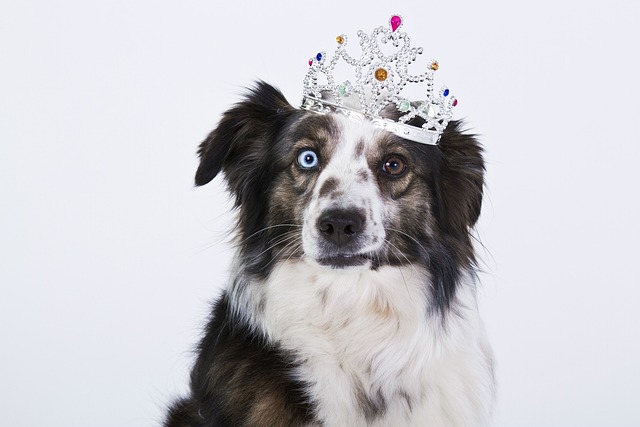
When the furry little life stumbles into our lives, the soft and sticky cry and wagging tail instantly melt the hearts of countless dog owners. However, behind this sweet companionship, puppy potty training is like a mountain in front of them.
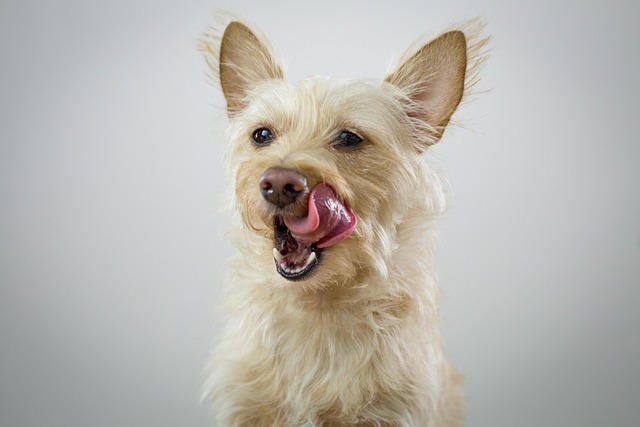
In the steel jungle of the city, more and more people are eager to have a furry companion to add more warmth and companionship to their lives.

Training puppies to develop good house bowel habits is a process that every pet owner looks forward to and is full of challenges. This is not only about the cleanliness of the home environment,

Dog walking is supposed to be a pleasant time for people and dogs to enjoy each other's company, but when the dog drags the leash and rushes around, this beautiful moment is broken.
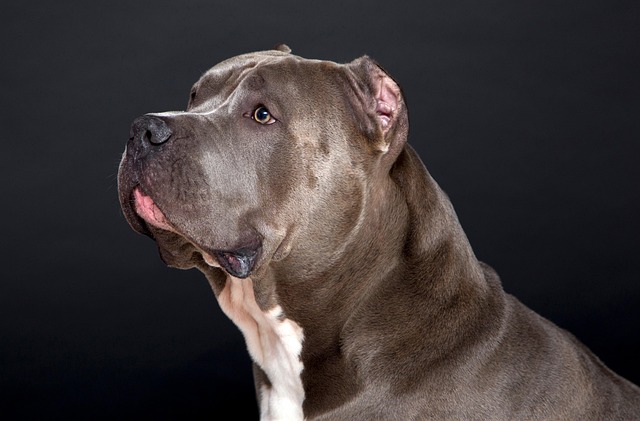
When a dog suddenly poops in a specific area of the house, it not only causes cleaning troubles but also makes the loving owner feel anxious and helpless.